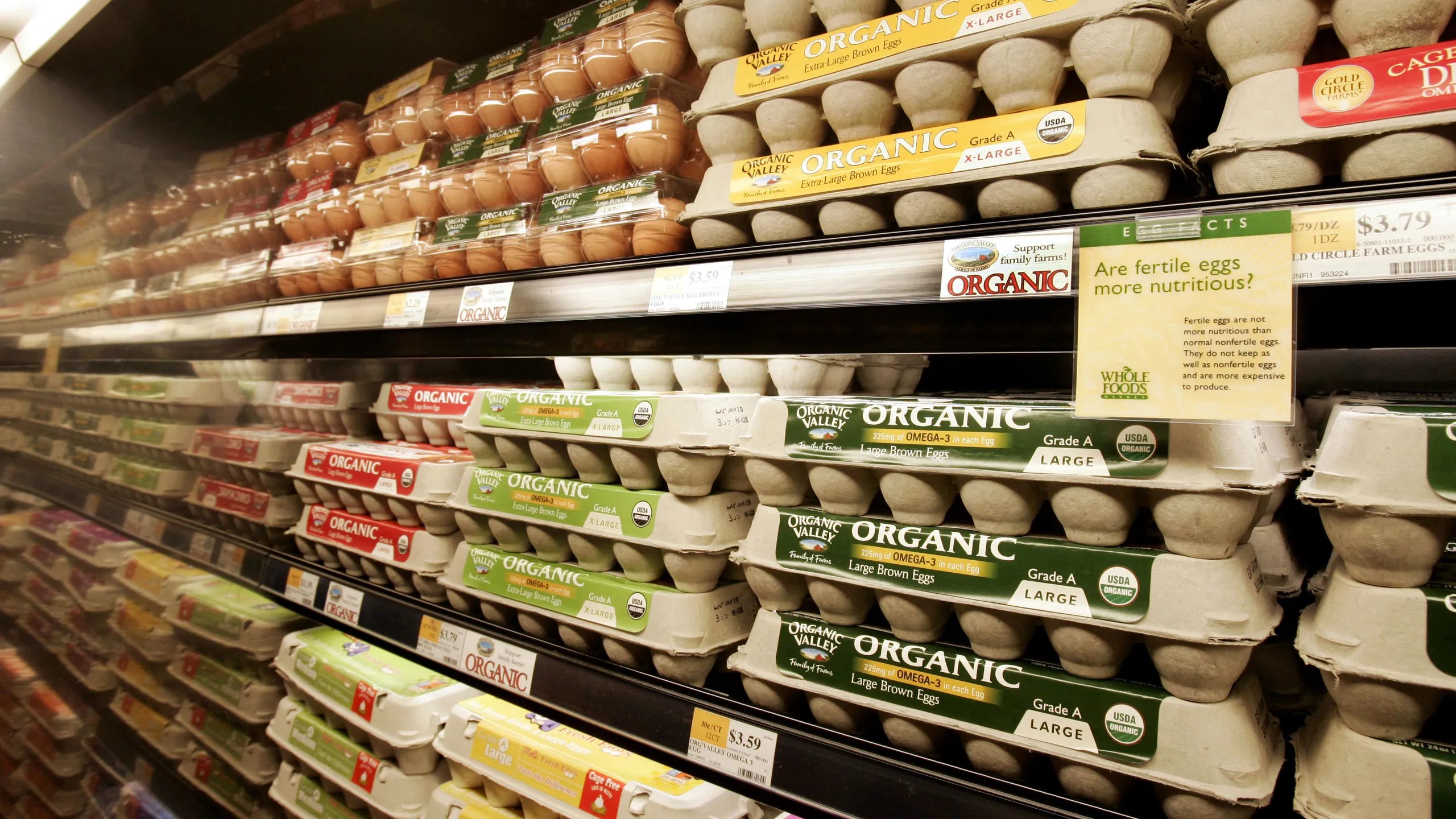New York — Egg prices in the United States have been on a steady upward trajectory over the past two years, and the situation is worsening as two major forces collide: the persistent outbreak of avian influenza and the annual surge in holiday-related demand. As Thanksgiving approaches, what was once a kitchen staple synonymous with affordability has now become a point of concern for households and grocery retailers alike.
At the heart of the issue is a strained supply chain further weakened by the devastating impact of avian flu. Since its resurgence in January 2022, the highly pathogenic avian influenza (HPAI) has wreaked havoc on poultry farms across the nation. The American Farm Bureau Federation reports that the virus has claimed the lives of 108 million birds, with 75 million of those being egg-laying hens. This substantial loss has diminished the nation’s egg supply by 8%, and the problem shows no signs of abating.
The situation took a grim turn in October when new outbreaks were reported in critical egg-producing states, including Oregon, Utah, and Washington. In just a few weeks, 2.8 million additional laying hens were culled, resulting in an estimated loss of 60 million eggs from the supply chain. The USDA has consequently revised its projections for egg production in early 2025, signaling a prolonged period of higher prices.
For grocery stores, navigating these supply challenges while maintaining customer satisfaction has proven increasingly difficult. Wholesale egg prices have surged dramatically in recent weeks, leaving retailers with tough decisions about how much of the cost to absorb and how much to pass on to consumers. In mid-November, USDA data indicated that a dozen large white eggs in the New York wholesale market averaged $4.23, up 54% from $2.43 a year earlier.
Stew Leonard Jr., CEO of the grocery chain Stew Leonard’s, expressed the precarious balance his company faces. While wholesale costs rise, he is reluctant to push retail prices too high for fear of alienating customers. “I can’t go over $4.99 a dozen right now, even though our supplier might raise the price by 10 cents,” Leonard explained. “We’re trying to shield customers from feeling the full impact, but it’s been a challenging year. Expenses are outpacing what we can reasonably charge, and our margins have taken a hit.”
Holiday traditions add another layer of complexity to the equation. As families prepare for celebrations, the demand for eggs typically reaches its peak. From baking festive treats to whipping up rich holiday meals, eggs are a cornerstone ingredient. Emily Metz, president and CEO of the American Egg Board, emphasized the unique role the season plays in shaping demand, saying, “The holidays are the highest retail sales season of the year. Baking, cooking, entertaining—all of it drives the need for extra eggs.”
The combination of heightened demand and dwindling supply creates a volatile pricing environment. Steve Schwartz, director of sales and marketing at Morton Williams, a New York-based grocery chain, described the rapid escalation in wholesale prices his stores have experienced. On October 2, the company paid $2.16 per dozen eggs from its supplier. By October 28, that price had doubled to $4.28. “There were weeks where we were operating on little to no margin just to avoid raising prices too steeply for customers,” Schwartz admitted.
The price surge is also blurring the traditional distinction between commodity and specialty eggs. Organic and pasteurized eggs, typically priced higher than their conventional counterparts, are now often similarly priced. Leonard noted that during the holidays, consumers are more inclined to opt for organic eggs, believing they enhance the quality of their dishes. However, this shift in demand puts additional pressure on supply chains already strained by the pandemic and avian flu.
Schwartz elaborated on how these trends disrupt inventory management. “When everyone suddenly wants the ‘better egg,’ shortages arise because production wasn’t scaled to meet such a spike in demand,” he said.
The ripple effects of elevated egg prices are likely to extend beyond cartons of eggs. Egg-based products, from pasta to baked goods to condiments like mayonnaise, may soon reflect the increased costs. Schwartz warned of this eventuality, explaining that prolonged high prices inevitably lead to broader inflationary pressures across the food industry.
As families across the country prepare for holiday festivities, the humble egg—once a symbol of simplicity and affordability—has become emblematic of the broader challenges facing the food supply chain. Retailers, consumers, and producers alike are left grappling with how to adapt to a market reshaped by disease, demand, and disruption.









